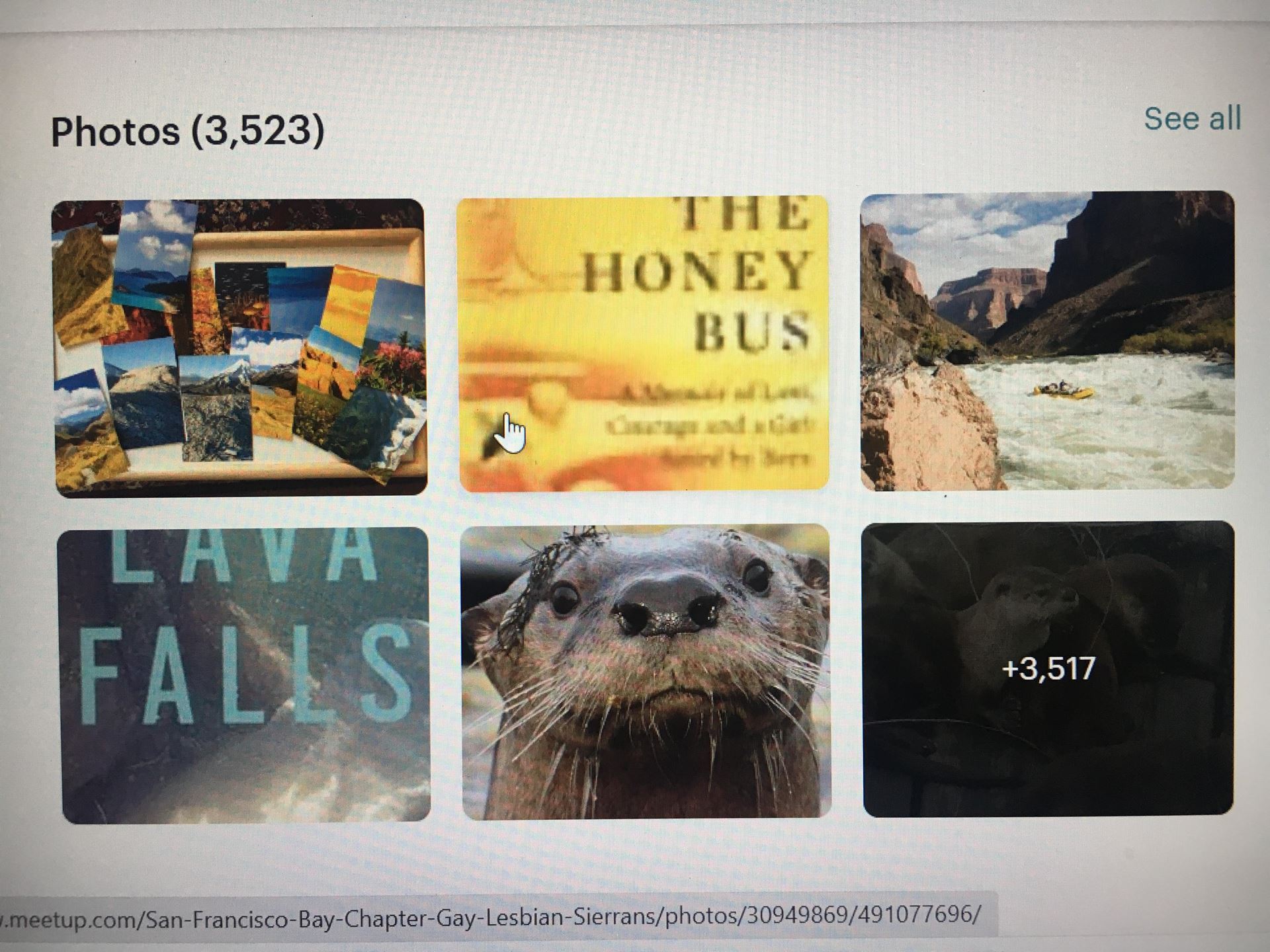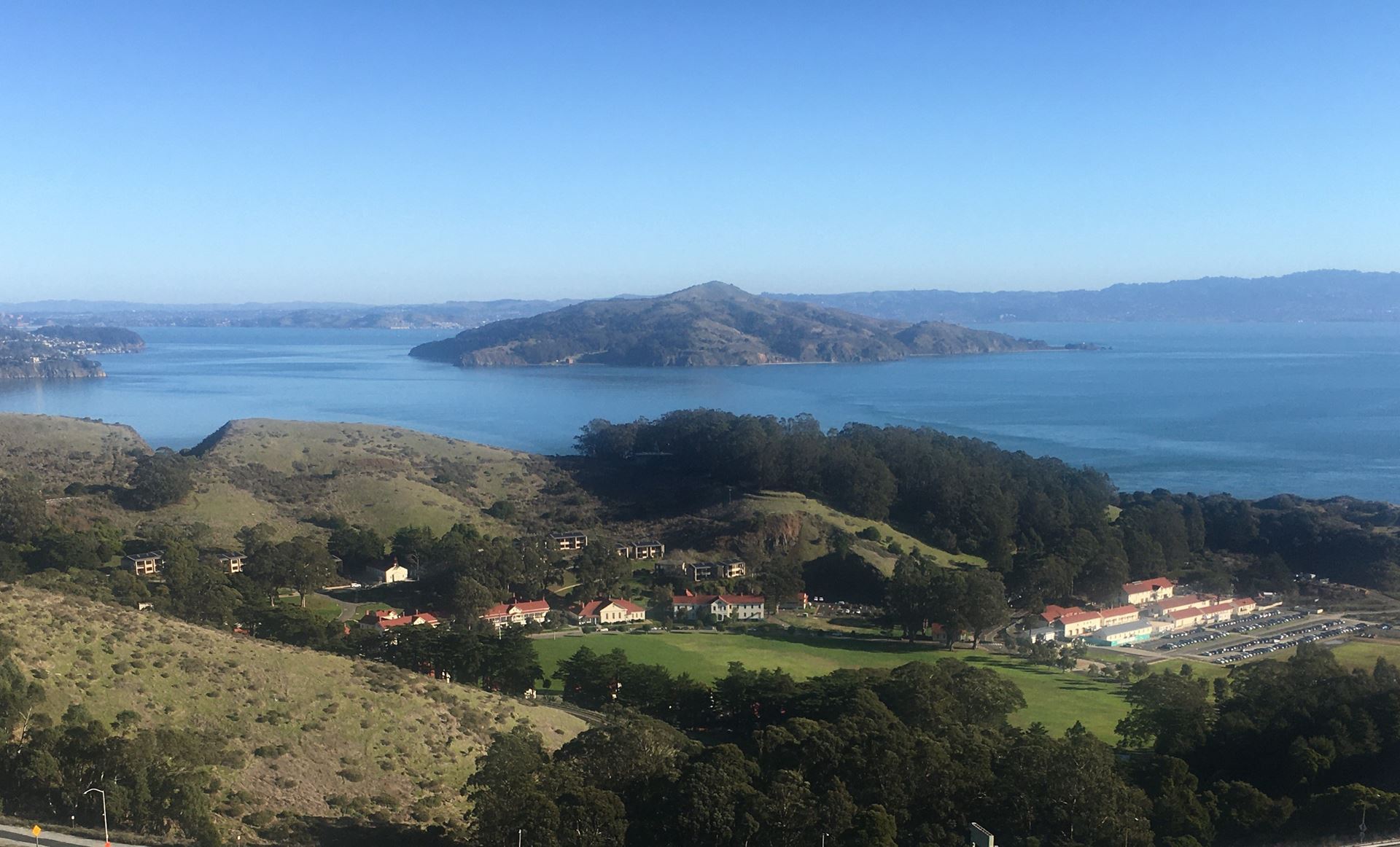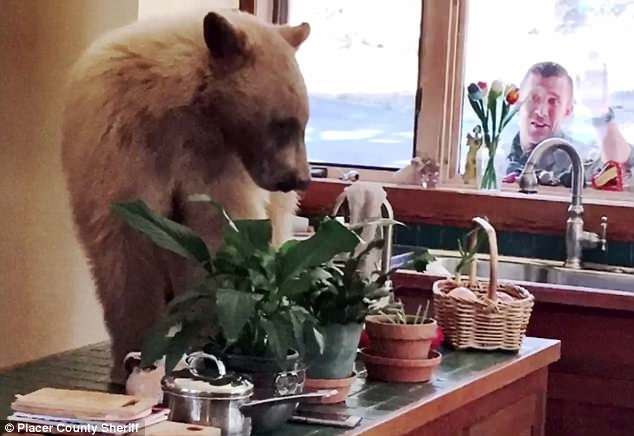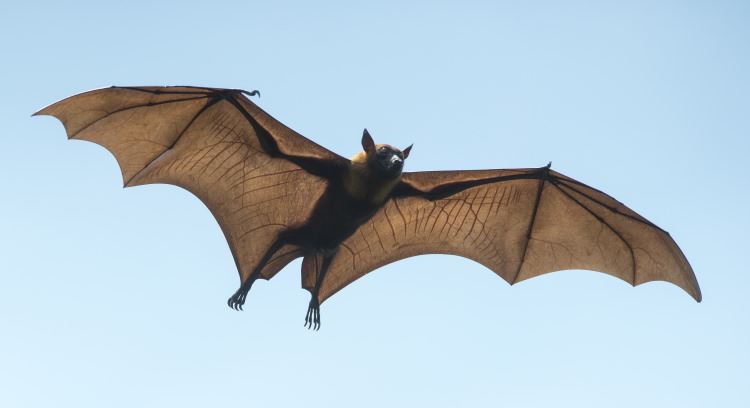.jpg) Gear Gyrl by Sylvie Hessini
Gear Gyrl by Sylvie Hessini
Lighting for camp is key to having a pleasant and safe experience. Your most important personal light is a headlamp. There are many styles at various price points available.
Most headlamps have several lighting modes, including a red light for use in close contact with others (post Covid-19, of course)! These lights can be quite basic or very robust, based on the needs of the hiker/camper. Lumens identifies the strength of the beam, 300-400 lumens is adequate for getting safely around camp and exploring. If you’re going to be night hiking or climbing, you will want big lumens and long battery life.
Rechargeable headlamps are a good option. It’s important to identify what kind of battery is being used and if there’s a readily available replacement battery for backup.
Additional camp lighting options are many. There are inflatable, rechargeable lanterns, some of which can charge your phone. They usually have a solar panel as well as usb charging capabilities.
Traditional versions of lanterns are Coleman style fueled by propane for outside use. These lanterns may cast a bigger surrounding light than the solar rechargeables. Some propane canisters are recyclable, many are not.
Evaluate your needs and choose accordingly.
Happy Hiking!
Did you miss it?
We're still here!
Check out our on-line activism, book club, and games

Letters to VotersStory of the River OtterNational Park TriviaBook Discussion; Lava FallsAnd more to come

Be a Leader for Change with the Sierra Club
By Lucy Claire Curran and Beth Bittle for the San Francisco Bay Chapter Nominations Committee
With the pandemic, the ongoing struggle with systemic racism, political polarization, and all of this on top of the ever-present climate crisis, many of us are taking a moment to pause, take stock, and examine our priorities.
The Sierra Club has a long history and important work to do:
To explore, enjoy and protect the planet
-
To practice and promote the responsible use of the earth's ecosystems and resources;
-
To educate and enlist humanity to protect and restore the quality of the natural and human environment; and to use all lawful means to carry out these objectives.
Might this be a moment for a new generation of Bay Chapter leaders to join those who have been doing so much good work for so long? Is this the moment for YOU to lean into the conversation? Is your voice needed as part of the discussion?
We here at the SF Bay Chapter Nominations Committee believe that the grass-roots leadership structure of the Sierra Club is worth investing in. Furthermore, we believe that a robust and fully functioning grassroots leadership structure requires member engagement. This means two things:
-
We need members to run for leadership positions; and
-
We need members to turn out to vote for the best leaders.
Here’s your opportunity to learn more about elections in our chapter: just go to the SF Bay Area Chapter website at https://www.sierraclub.org/san-francisco-bay.
Let’s be honest and courageous and keep our dialogue nuanced and thoughtful, and let’s make sure we are welcoming and elevating a wider range of voices at the table. Go to https://www.sierraclub.org/san-francisco-bay today and nominate yourself or someone else for a leadership position. Deadline is September 8th! If you have any questions about running please contact Beth at chair@rainbowsierrans.org
Do you have a favorite hike?
Because gorgeous view of the Bay Area say in my mind when ever I need them, I love hiking from Fort Baker to Black Sands Beach and back. While it has the potential to be fogged in, everytime I have hiked it, it's been in the beautiful bright blue sky of January.
 This one was lead by Hike Leader Heather Lamb
This one was lead by Hike Leader Heather Lamb
Tell us briefly about your favorite hike, send a photo if you have it, and we'll put it in our Hikers Connection with a link to directions. Just reply to this email with your favorite hike.
Newsletter, Summer 2020

The Link Between Deforestation and Disease
From the Short Wave NPR podcast, July 20, 2020
https://www.npr.org/2020/07/17/892404302/the-link-between-deforestation-and-disease
The World Health Organization believes that deforestation, largely caused by mining and timber operations, may be the cause of many diseases.
Take Ebola, which has killed 11,000 people. Apparently a little boy was the first to contract Ebola after he was playing near a hollow tree filled with fruit bats situated behind his home. Bats are known to carry Ebola and other diseases. Scientists think bats were displaced because more than 80% of their natural habitat was destroyed by logging and mining. Disease from bats jumped to the little boy while he was playing too near them.
This jump, called Zoonotic spillover, is a common event. Wikipedia suggests that more than 75% of human viruses are zoonotic. However, most are self-limited with no further human to human transmission as seen with rabies, anthrax, histoplasmosis, and hidatidosis. Ebola, SARS, and Covid-19 exemplify a few of the non-self-limiting kind.
Speaking of Covid-19, Economist Edward Barbier with Colorado State University, suggests that because everyone is focused on the Coronavirus they aren’t cracking down on laws that prevent deforestation, and he sites a 55% poaching increase in Africa and South America. He mentions that right now, every six seconds the world loses about a soccer field sized area of tropical forest due to deforestation. According to Barbier, tropical forests hold most of the world’s pathogens like viruses, bacteria, and fungi, and when deforestation happens, these pathogens look for and find a way to live elsewhere. It’s possible that is when pathogens jump first to animal and then to human. Added to this, scientist Sheila Vitor-Silva has well documented the outbreaks of malaria following recent deforestation.
Wear your face mask! As it turns out proximity is definitely a factor in transmission, but so is sneezing. Christina Foust, an infectious disease ecologist at Penn State, explains that when it’s a low diversity situation, an animal’s sneeze, such as a bat sneeze, can land on us and cause infection. She explains that because the ecosystem is stressed out, more and more animals will venture into human spaces. Bears enter homes, bats bite lounging campers, mountain lions attack walkers in Peninsula parks. In turn, lots of humans are housing or roaming into forested areas to, get away from it all. But, are they? 
GovCom Elections 
Our yearly elections are here again! Remember,
we are a democratically run organization.
The Governing Committee is elected every year.
GovComer's meet once a month to direct the organizational path; Hikes, events, special interests, gatherings, volunteer outreach, communications with the National Sierra Club, newsletter, and communication in general to our over 200 members.
If you think you'd like to be a GovCom members, write us and tell us why. We'll add your name to the ballots profiles which you will soon receive via email.
The outcome will be announced at the holiday party!
From the Chairs ~ First of all, I want to thank you for continuing to renew your membership with Rainbow Sierrans, and for continuing to support Rainbow Sierrans during this challenging time. We all want to be back outside together, but for now, we have to keep our physical distance. This means that in-person activities continue to be on hold until the Covid pandemic is truly under control. National Sierra Club is guiding these decisions, and we will not reactivate in-person activities until we are cleared to do so by National. In the interim, we are working to develop our ideas for hosting more virtual programming. For example, we have done book club, letters to voters, virtual bike repair, happy hour and more. Please share any ideas you have for a virtual get-together, guest speakers, etc. with us.
The Rainbow Sierrans Governing Committee is still meeting monthly to work on sustaining our club and developing alternative ways to stay connected. We have been working on ways to cut expenses since we have not been able to do our normal fundraising campouts this year. Campout are usually how we raise the funds to pay for our holiday party, yearly picnic, our storage for camping equipment, our website, hike leader training and first aid classes and more. Thank you again for your continued support and membership with Rainbow Sierrans. Be well, Beth and Anita Rainbow Sierrans Governing Committee Chairs |

 With the idea of sharing some outing experiences with other Rainbow Sierrans members, GovCom has created a Social Distancing Hiker Connection form. On this form you can add your name, contact information, preferred days and time, pace, and distance that you would like to hike, bike, etc. This is completely on your own initiative. Wear your masks, and when possible maintain a 6’ distance from each other. Most of all, enjoy this wonderful world. These are not outings that any leader from Rainbow Sierrans is leading, we are just trying to help members connect. Here is the link to the google sheet if you would like to add your information or reach out to other members
With the idea of sharing some outing experiences with other Rainbow Sierrans members, GovCom has created a Social Distancing Hiker Connection form. On this form you can add your name, contact information, preferred days and time, pace, and distance that you would like to hike, bike, etc. This is completely on your own initiative. Wear your masks, and when possible maintain a 6’ distance from each other. Most of all, enjoy this wonderful world. These are not outings that any leader from Rainbow Sierrans is leading, we are just trying to help members connect. Here is the link to the google sheet if you would like to add your information or reach out to other members